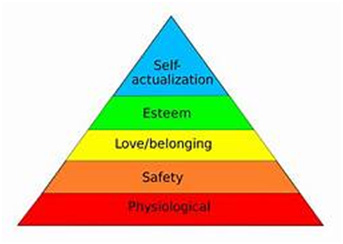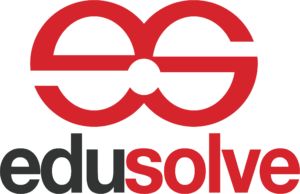Discipline issues are way up in Elementary,” reports a senior public education leader, “Schools are reporting fighting and other extreme issues in Grades 1 and 2. What is going on here?” My team provides executive coaching for school leaders. In our work, we emphasize positive youth development, so we are deeply concerned with the uptick in student behavior counts.
Yes, the well documented student mental health crisis is part of the issue, but so is the need to “do school”. In other words, millions of students “stopped-out” of authentic school learning experiences during the Covid-19 pandemic, shifting to virtual learning managed at home. This situation is giving rise to two related issues:
- Parents want to “unbundle” school. In other words, parents want to decide what academic and social support their child will receive and on what term. Hence the rise in the parent voice movement.
- Students who were in sixth grade when the pandemic interrupted their middle school experience are on high school campuses now. I know, I have an 11th grade student who acts foolish at school from time to time. I believe he is playing out those deferred middle school behaviors now. The same is true for children who entered elementary schools last year. They need time to understand what a classroom is and how to interact in it and the broader school community.
Combine these phenomena with a dearth of seasoned, certified teachers with the experience to manage classrooms, set up systems and procedures, and expedite culture building so they can get to instruction. Schools are largely staffed with novice and long-term substitute teachers. School leaders are emphasizing learning strategies and these fledgling teachers need basic classroom management support.
So my wondering is, do we need more support for Danielson Framework for Teaching, or more fundamentals like Maslo? Are we meeting the human needs of children, such as physiological and safety needs, love and belonging, and socialization so they can understand how to “do school”?

Returning to school from the pandemic continues to be a complex and evolving journey. School system leaders need to prioritize culture and social emotional development if we are going to get to instructional rigor. We might even reduce discipline issues along the way.


